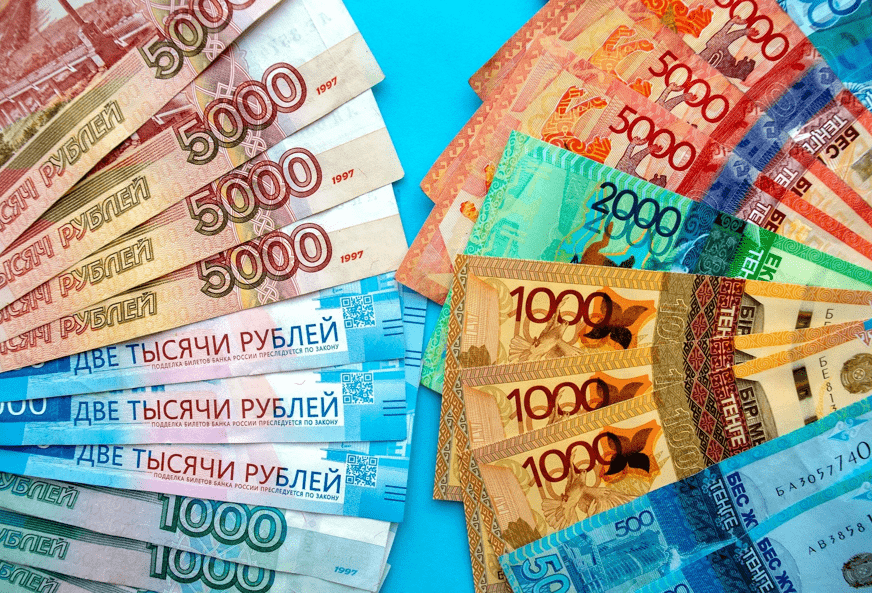Throughout 2024, negative net sales volumes of Russian rubles were recorded in 7 out of 12 months, similar to the situation in 2023.
Overall, the annual net sales volume of Russian rubles through exchange offices turned negative for the first time in January–December 2024, reaching minus 9 billion KZT. For context, in 2023, despite an almost 70-fold decrease, the figure remained positive at 4.1 billion KZT.
Regionally, positive net sales of Russian rubles were recorded in 15 of 20 regions of Kazakhstan in 2024. Demand for the Russian currency persists, especially in regions bordering Russia, possibly due to active trade connections or migration processes. However, these are not the only regions with positive figures. The highest net sales volume in 2024 was observed in East Kazakhstan Region: 12.1 billion KZT. This was followed by Karaganda Region (8.9 billion KZT), Akmola Region (4.9 billion KZT), and Mangystau Region (4.1 billion KZT).

Negative net sales volumes of Russian rubles were noted in five regions. While southern regions such as Turkestan and Kyzylorda traditionally show lower demand for rubles, major cities previously reported significant positive volumes. Currently, the largest negative net sales volumes were recorded in Astana (minus 46 billion KZT) and Almaty (minus 14 billion KZT). This group also includes Kyzylorda Region (minus 2.8 billion KZT), Turkestan Region (minus 1 billion KZT), and Shymkent (minus 645.7 million KZT).
The significant negative net sales volumes in both capital cities could be attributed to several factors. As major tourist centers, these cities attract substantial numbers of Russian tourists exchanging rubles for tenge. Additionally, these cities are often chosen by Russian relocants receiving ruble transfers and converting them into tenge. Furthermore, reduced interest in the Russian currency, driven by concerns about its exchange rate and stability, may have also influenced the negative net sales.


